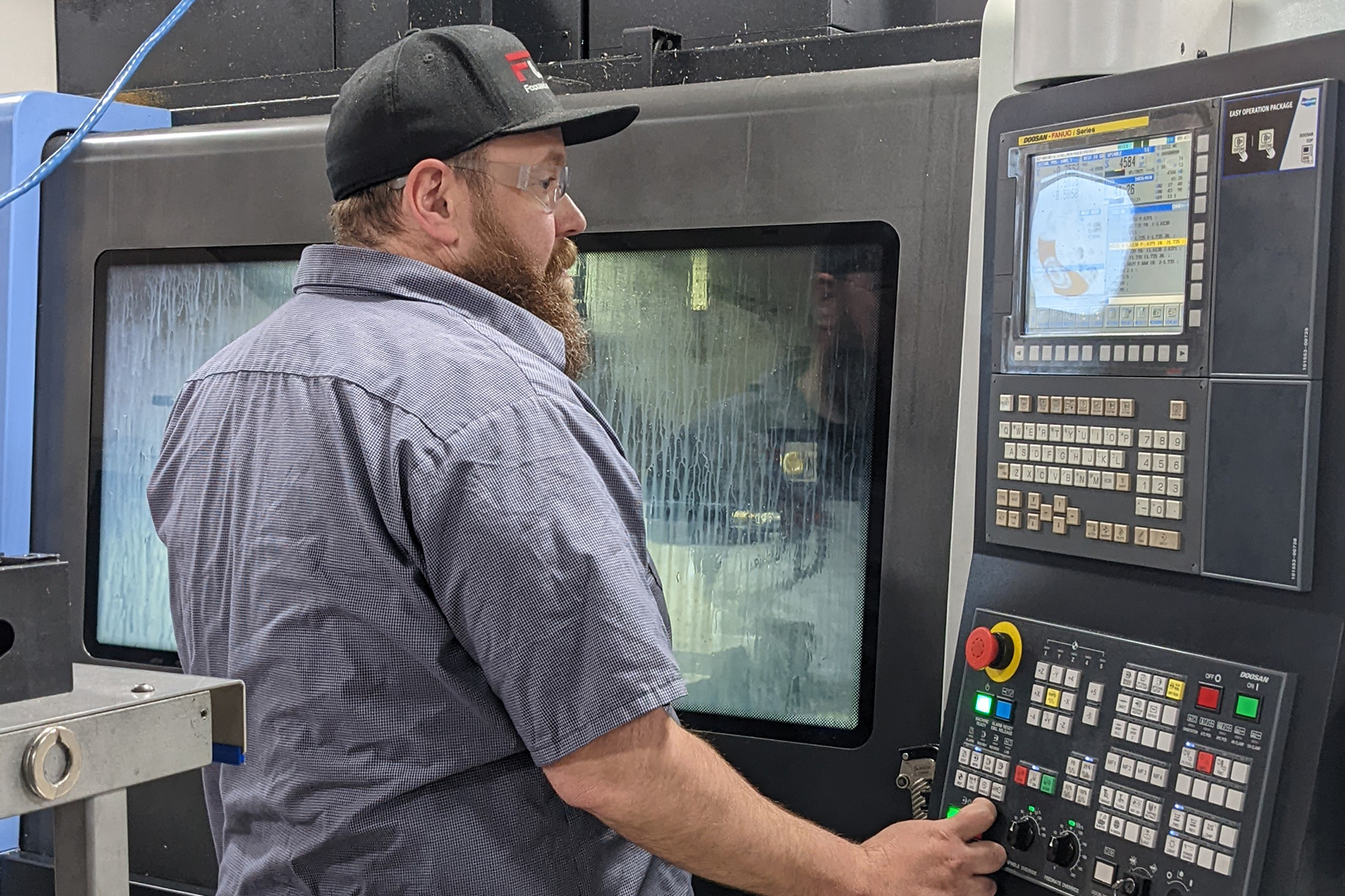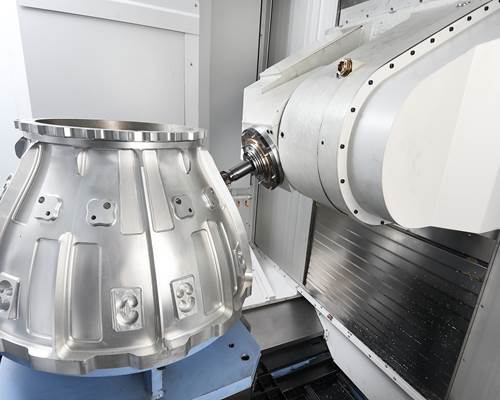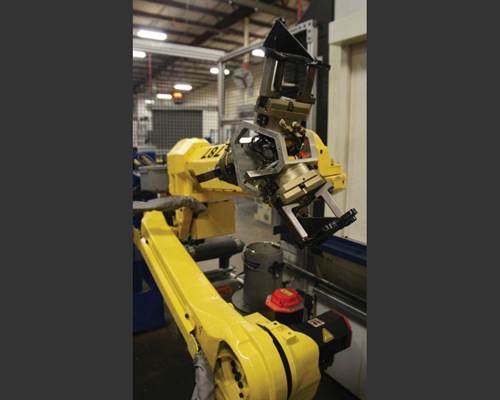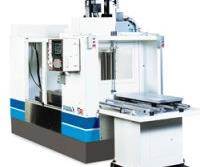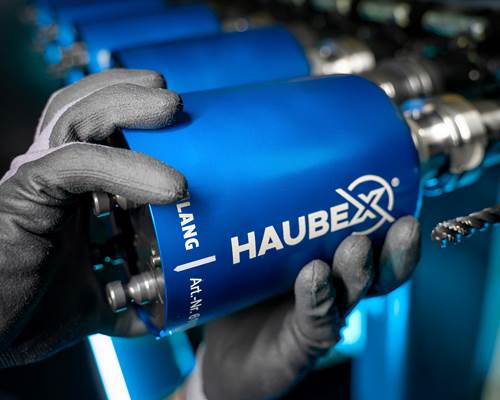Determine Necessary Accuracy and Repeatability
The ability to machine parts to a tight tolerance and to do so time after time must also be considered. That is where a machine’s design and construction come into play. Its ability to achieve the required precision and accuracy, and the number of parts to be machined, will influence the quality of machine that’s needed and the price it will demand. The higher the accuracy and the larger the number of parts to be produced, the higher the price tag the buyer can expect.
Because of the characteristics of a C-frame design, a VMC’s thermal stability can be a challenge. Just as a sturdy house requires a solid foundation, the same is true for a stable machine tool. Most superior VMC structures are engineered using finite element analysis (FEA) software. It’s not simply the weight of the machine that matters; it’s also its design and the placement of the weight that determines its rigidity and stability.
Accuracy and repeatability must be designed and built into the machine, regardless of its price. Some are equipped with large ballscrews and a different pitch to enhance accuracy. Laser and ballbar calibration can be used to ensure better part accuracy, but only up to a point. A poorly designed machine will never consistently produce high-accuracy parts.
Machine stability is primarily affected by thermal growth.
Spindles generate heat as do ballscrews, machine tables and guideway systems. In addition, the faster a machine moves, the more friction and heat it generates. This heat contributes significantly to changes in the size and position of machine components, causing a machine to “grow” or distort and the location of the spindle nose or tool point to move unpredictably. Because of these shifts, one of the biggest challenges of five-axis machining is the inability of the control system to calculate the exact position of axis pivot points at all times.
To combat this heat and the unwanted growth it causes, chillers are used to cool ballscrews and control the temperature of spindles and spindle housings. Thermal sensors that measure and automatically counteract machine growth are located at key points on the machine. These provisions are especially critical in die/mold applications in which longer machining times allow more heat to accumulate. Left uncontrolled, thermal distortion in the machine can result in unacceptable errors in the shape of the finished mold. It may not be possible to correct these errors.
High-end machines usually employ scale systems on each axis rather than standard encoder feedback systems supplied with most VMCs. Anti-backlash systems are often engineered into the ballscrew nut to improve machine repeatability. Likewise, certain guideway systems are designed for high-speed, low-friction operation to help control thermal growth. Of course, all of these special features come with a price. High-performance VMC spindles can range in price from $4,000 to $30,000. There is a big difference in design between a “value-priced” $50,000 machine and a high-end VMC with a $300,000 price tag. That said, if accuracy requirements aren’t especially tight and if part quantities are manageable, then the value-priced machine may suffice. Know what you need!
